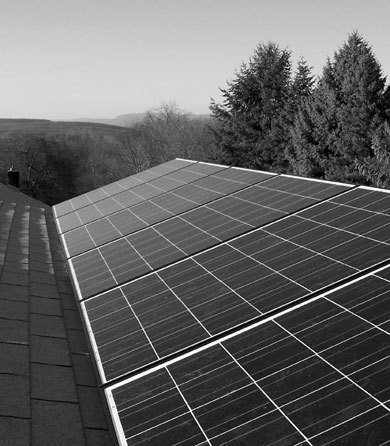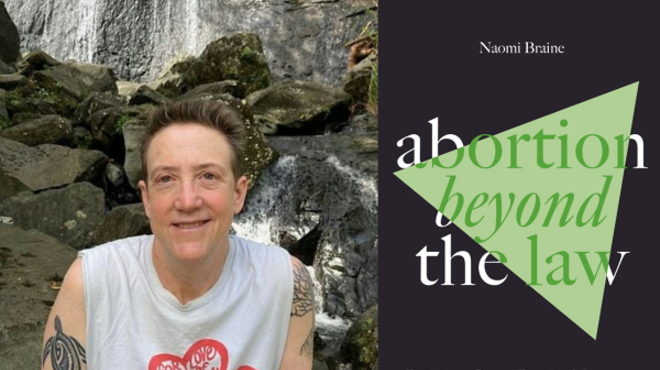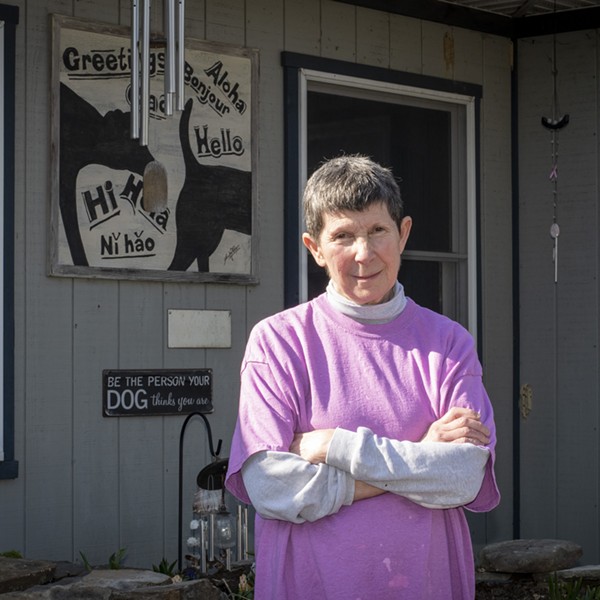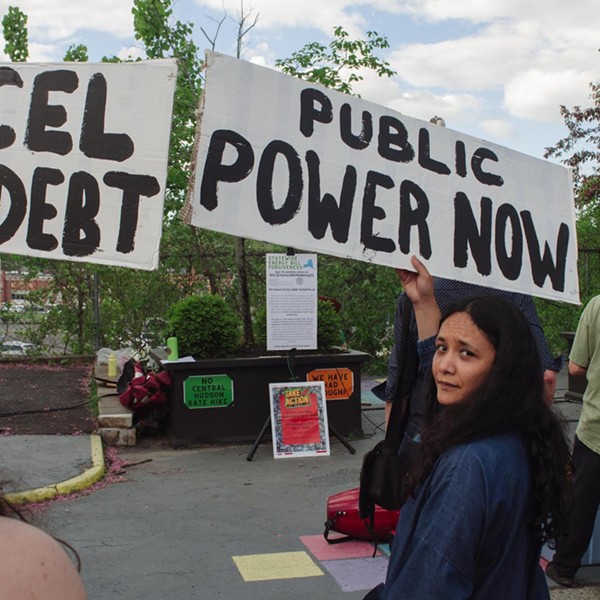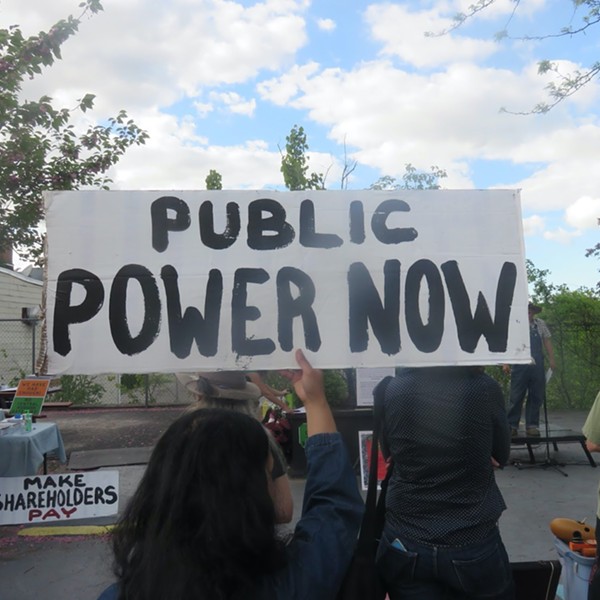Solar energy has long been recognized as an environmentally safer and less expensive alternative to the conventional means of heating and running a home or business (namely, foreign crude oil and nuclear power-produced electricity). However, until recently, only the most financially well-to-do environmentalists seemed to be able to afford to put their pro-solar energy beliefs into practice.
At an average price of $26,000 to install a photovoltaic (pv) system on the roof of a 3,000-square-foot building, the cost was simply too exorbitant for the average homeowner or businessperson to afford. But thanks to the New York Energy Smart pv Incentive Program, administered by New York State Energy Research and Development Authority (nyserda), going solar has become affordable for everyone.
Hudson Valley Clean Energy, a pv installation company based in Rhinebeck, is one local company that has been busily installing nyserda rebate-funded PV systems throughout the Hudson Valley. The company was founded two years ago by John Wright and Jeff Irish, both nyserda-certified pv installers. Irish, a retired electrical engineer from General Electric who had long wanted to work in the pv field, is responsible for all of hvce’s pv system designs and installations, while Wright, the former director of sales and marketing for aol, handles the company’s administration.
“The pv system always seemed to me to be a good idea that never made any financial sense—nobody could afford them,” says Wright. “People who installed PV systems in the past did it for environmental reasons, but economically, it took ten years for the system to pay itself off and become worthwhile. Now, with the rebates, installing a pv system finally makes sense economically as well as environmentally. Because of this program, we’re basically covering the whole Hudson Valley, installing pv systems from Albany to Westchester.”
According to Wright, pv systems are now more affordable because their manufacturers—Sharp Electronics, Shell Oil, and British Petroleum—have begun manufacturing them in the us; formerly, pv systems were only made in Japan.
According to nyserda’s Web site, the rebate program funds up to 70 percent of each pv installation’s total cost based on rates of $4 per watt for pv systems that can be net-metered or are residential systems of 10 kW or smaller; $4.50 per watt for pv systems installed on a New York Energy Smart labeled home; and $5 per watt for non-net-metered pv systems, including systems larger than 10kW.
Given these rates, according to Wright, it doesn’t make sense for anyone—whether a home- or business owner—not to make the move to get off the grid. Because rebates are paid directly by nyserda to hvce, program participants do not have to worry about outlaying large sums and then awaiting their refund. Nor should anyone worry about not being able to fund approximately 30 percent of the cost of the installation. New York State is currently offering a low-interest loan program to qualified pv installation participants, “so you can borrow the portion you have to pay at [currently] just two percent interest,” says Wright. “The system generates up to ten percent of what’s borrowed, so the homeowner [potentially] ends up making [approximately] eight percent.”
New York State also offers two other major economic incentives for installing pv systems, both of them thanks to the Solar Choice Act of 1997. This law allows residential pv systems to be net-metered, which gives residential electric customers the right to sell back any excess solar electricity that their pv system produces. The “kernel of the law,” Wright explains, is that residential customers with small pv systems—10 kW or less—are allowed to turn their electric meters backwards when their pv systems are generating excess electricity. Customers must only pay for the net amount of electricity purchased from their local utility company.
“That is, purchased electricity minus generated electricity, which equals the electricity you are billed for,” Wright says. “So you actually end up being paid to generate excess electricity. The utility company purchases your excess electricity for the same price that you pay to buy it from them. And that price goes up an average of three percent a year.”
The Solar Choice Act also provides New York State income tax credit for residential, net-metered pv systems, which amounts to roughly $1,500 per kW of installed solar capacity, to a threshold of $3,750.
Installing a PV system offers “pretty heavy environmental rewards too,” Wright says. “Say you have a 3,000-square-foot house, and you install a three-kilowatt system, which is good-sized,” he says. “That prevents coal and crude oil from being burned; it eliminates significant emissions of acid rain ingredients, smog ingredients, and rids the world of about 4,000 pounds of carbon dioxide greenhouse gasses.”
pv systems, says Wright, are also virtually worry-free. Each installation has a 25-year warranty, and “they’re very reliable, virtually maintenance-free.” Another pleasant surprise for Hudson Valley residents is that, contrary to popular belief, a pv system works just as well in the Northeast as it does in, say, Florida. “The colder the weather, the better they work,” says Wright. “People sometimes say, ‘Oh, there’s not enough sun here to go solar.’ That’s a weak argument. According to 30 years of weather data collected by engineers in this area, we get four hours of sunlight every day of the year, and that’s all we need.” Plus, he explains, the colder the wire, the better [the] conductivity, or the more electricity passes through it.
“We have to guarantee output before we install, so I know solar works up here,” says Wright. “It’s not pie-in-the-sky.” But customers should not wait too long to apply for the incentive program. “It’s first come, first served,” Wright says. “And it’s a program that’s moving along.”






